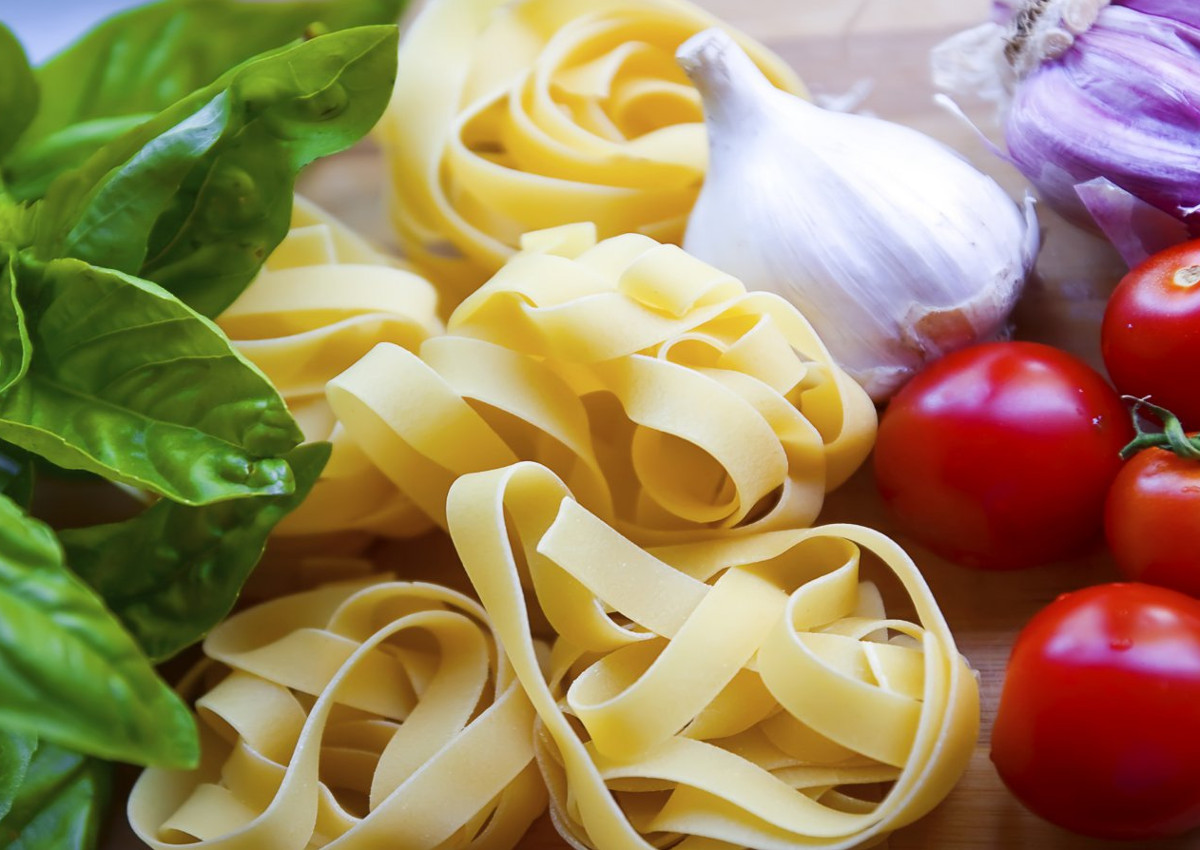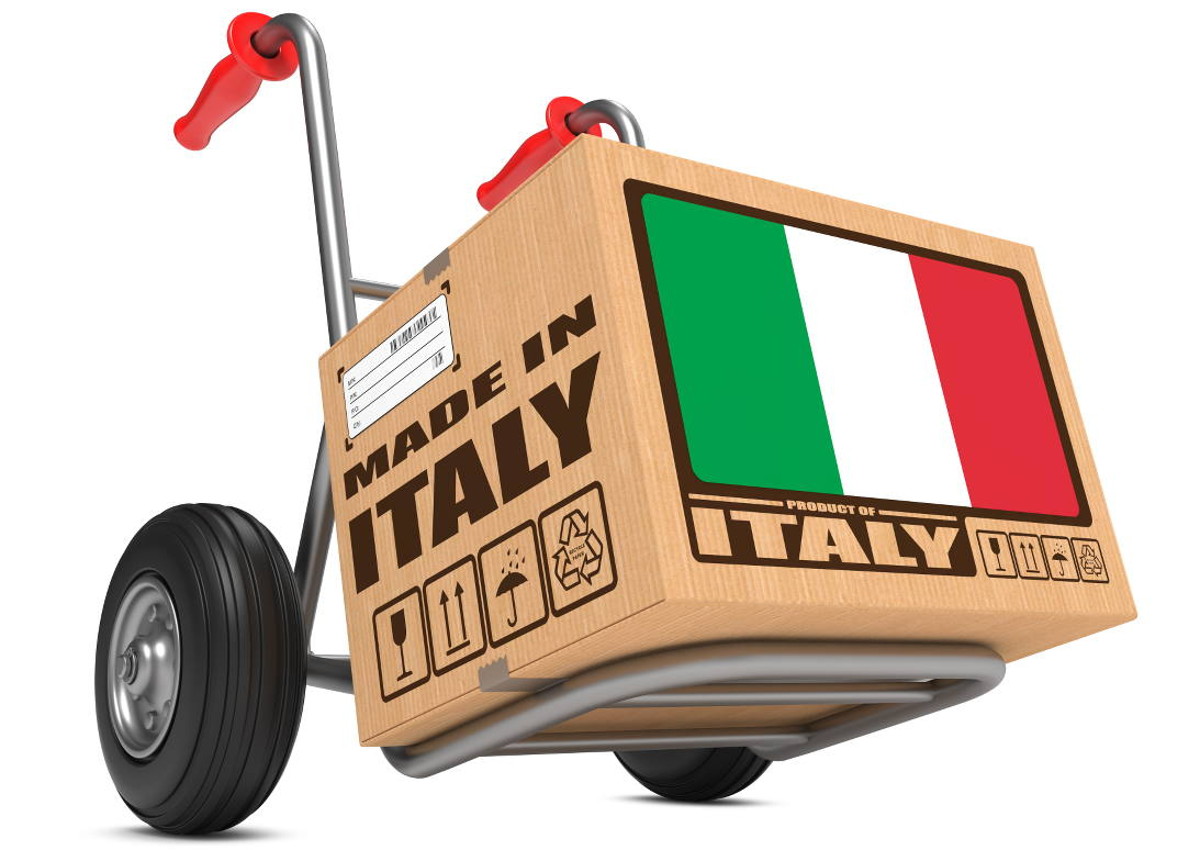
In 2017, Italian food exports exceeded the threshold of 40 billion euro. But the road to reach the other major food-producing countries is still long. This is the message coming from the report prepared by Nomisma which was presented at the meeting ‘Italian food and agriculture in the test of internationalization’ – about the international balance in food and agriculture – that took place in Bologna some days ago.
Facts and figures
Italian food exports in 2017 increased by 7% compared to 2016, thanks above all to the excellent performance of some representative Made in Italy products: cheese (+11%), wine (+6%), chocolate (+20%), and bakery products (+12%) above all others. Italy did better than other big exporter countries such as the USA (-0.2%), China (+2.1%), Germany (+3.3%), or Canada (+3.4%), but the distance in absolute value is still high. German exports are worth 76 billion euros, while French exports are worth 60 billion, demonstrating that brand reputation alone is not enough to tackle international markets and ensure leadership explains Nomisma. Talking about the difficulties still to be overcome, two thirds of Italian food exports are still destined for local markets: that is to say, EU countries.

The uncertainties of the future
Italian agri-food products have considerable potential, but international trade is weighed down by the uncertainties of Brexit and Trump’s protectionist policy. Over the last 10 years the process of internationalization marking the entrepreneurial activity of the Italian food sector has experienced a turning point. In fact, although Italy has always played a leading role in the international trade of food products, the fall in domestic consumption – due to the international economic crisis – has pushed Italian food companies to increasingly turn to foreign consumers. In order for Italian exports to increase, it is essential that the base of exporting companies be broadened. In fact, they are linked to medium/large companies and represent a still reduced share of the total – less than 20% of the sector, explained Denis Pantini, head of the Nomisma Food and Agriculture Area.
